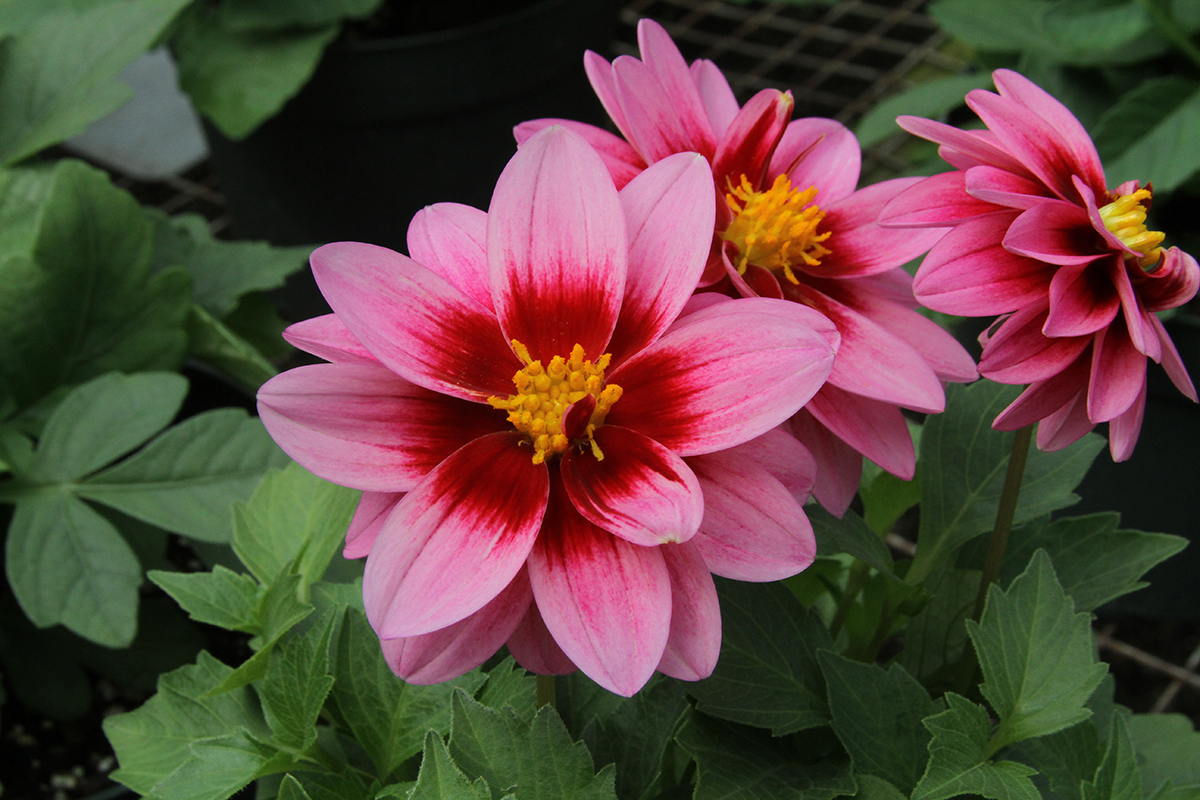
Summer Gardening Woes
Summer is one of those seasons where you don’t know what to expect so you expect the worst: heat and humidity. While there are dozens of ways to cool off–taking a dip in the pool, sitting by the air conditioner, eating ice-cream–our plants aren’t so easily satiated. Oftentimes that’s why gardeners, greenhouses, and gardening enthusiasts recommend you plant your garden in an area of your yard that sees plenty of early morning sunshine but is plunged into shade during the hottest parts of the day, generally between noon and 4pm.
But what if you didn’t need to worry about how much sun your plants are receiving? What if you had a flower that was both beautiful, vibrant, and heat-tolerate? Now you can! It’s called a dahlia.
The Dahlia: A Bloom That Thrives In The Heat
A dahlia is a spiky perennial with a leafy stem and one or two flower heads. Many dahlias do not produce a scent, making them great for those with allergies if you plan to bring your pot inside at night or during stormy weather. (These flowers love the sun but hate the wind.)
Growing and Caring for Dahlias
With a little routine maintenance, your blooms will flourish all summer long!
Sunlight
Again: dahlias love the sun! Plant them in an area of your yard where they will see full sunlight from dawn to dusk. The more sun they receive, the more blooms will grow.
Soil
Like many flowers, dahlias need rich, well-drained soil to thrive. Typically you want your soil to be at a pH level of 6.5-7.0.
Water
Don’t worry about watering until your plants grow. Then, provide a deep watering 2 or 3 days a week. Add mulch around the base to help reduce moisture loss and keep the roots cool.
Fertilizer
The same fertilizer you use for your vegetable garden, use for your dahlias, ideally a low-nitrogen liquid fertilizer. Fertilize once a month, otherwise you run the risk of over-fertilizing, which can lead to low or no blooms.
Deadheading and Disbudding
Deadhead dahlias regularly as the flowers fade by pinching the stem just above the leaves. This encourages new growth and controls pests and disease.
If you want to grow fewer but bigger flowers, when flowers cluster, disbud (remove) the smaller ones. This allows your plant to focus on growing larger heads!
Fun Fact: Dahlias are edible! The tuber tastes like a potato/radish.
At Bengert Greenhouses we proudly offer mulching services in addition to our wide variety of plants, all of which are grown locally in our West Seneca Greenhouses. Contact us today to learn more!